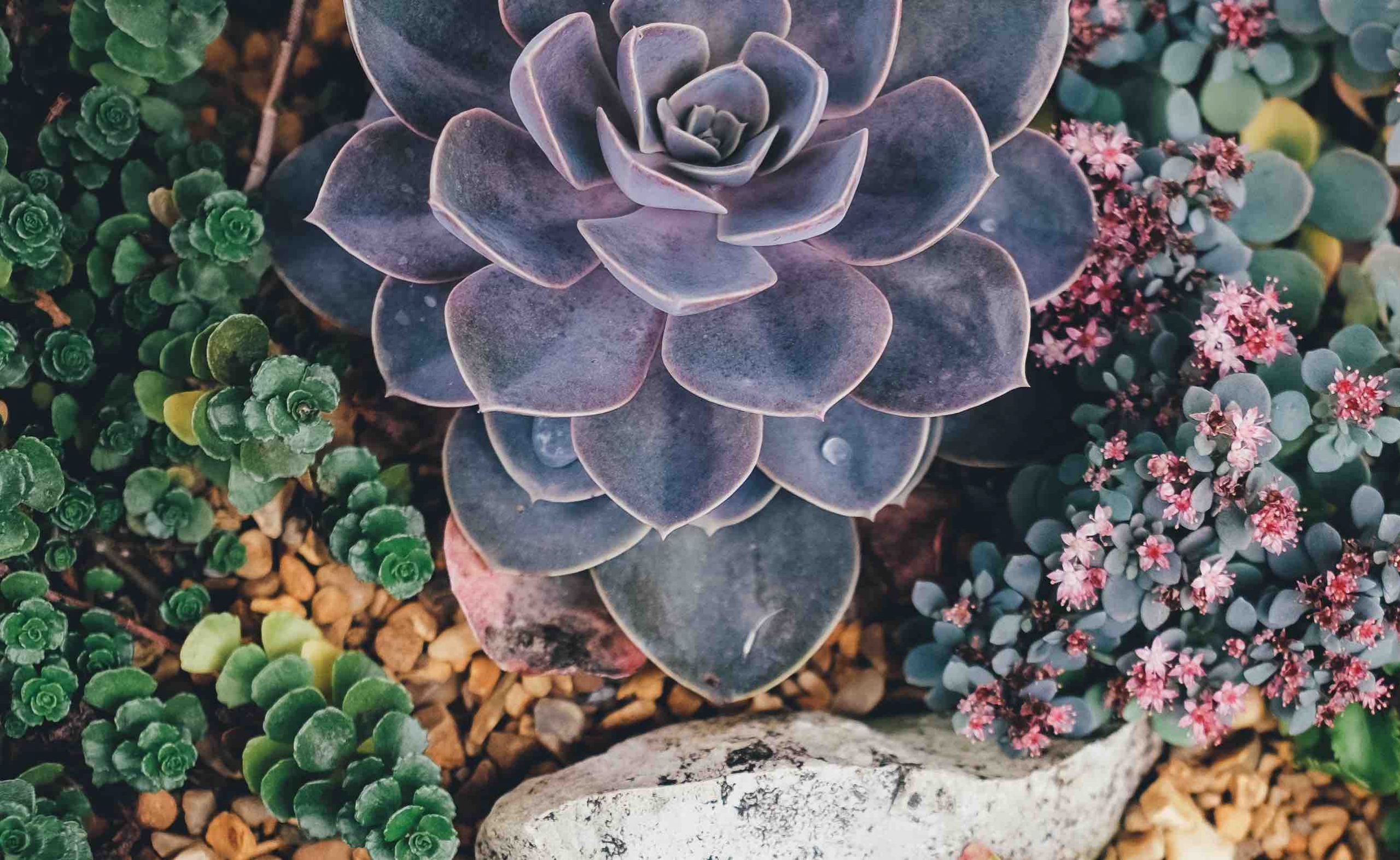Planning and maintaining a landscape design project that will transform your property into a showplace.
Planning your landscape project is not only the first thing one should consider but also the most important and ultimately the most rewarding.
Firstly, one should select the plants that thrive in an environment specific to its culture.
Fortunately, California’s Mediterranean climate is conducive to healthy growth. Plants you may want to consider are Ficus Nitida (especially good for privacy hedges) different types of Palm trees for a tropical effect and/or California Pepper trees for a full “weeping” effect, to fill space.
Secondly, learn the care requirements and follow as closely as possible.
Many outdoor plants will acclimate to a shaded area but may not grow as full as if grown in full sun. Be aware of the plants culture which would include what the optimum environment would be for healthy, robust growth and plant accordingly. For example, most exterior plants require full sun or will acclimate to partial shade like Coleus (very colorful), Begonias, Geraniums and Day Lilies to name just a few.
Others respond best in shade like, Ferns and Philodendron’s.
When you visit your local plant nursery check out which plants are in full sun and which are in shade to attain the most propitious growth pattern. If full sun is prevalent in your planting area, then also consider succulents which are hearty growers and come in a wide variety of shapes and sizes.

Succulents love the sun and are hearty growers – perfect for that really sunny spot in your yard.
Watering potted plants at the correct rate is essential.
Overwatering is as damaging as under watering. Roots need oxygen which is unavailable to them if they are kept too wet. I use a simple water tester for potted outdoor plants that measures the amount of moisture in the soil. You can find a good choice of water testers for plants also known as soil moisture meters, on Amazon or at home improvement stores like Lowe’s or Home Depot. Once I know the amount of moisture in the soil, I then water accordingly. Plants in the ground are less susceptible to overwatering as opposed to plants contained in a pot.

An easy way to make sure you don’t overwater potted plants is to use a soil moisture meter.
In a landscape project, choose the tallest plants first and plant them strategically.
The taller plants, such as trees, should be placed toward the rear of the project as a natural back drop. Some plants, like palm trees can be placed according to the desired artistic balance almost anywhere because of their slender trunk that won’t block other plants in the rear of the planting area.
The most important consideration when one is planning a landscape is balance…
…taller toward the back, shorter toward the front. However, there are choices that you can make, like placing a larger “focal” plant in the middle of the landscape with complimentary plants placed around it. Balance should be of primary consideration.
One other consideration is how big a particular plant will grow. What seems perfect in the beginning of a planting may become overwhelming and out of place in the future. Think ahead.
I have found that planting in large decorative or terra cotta pots can also enhance a landscape tremendously.
Potted plants can be moved to redesign your landscape as the plant grows and changes into its ultimate shape. Potted plants work well in areas that don’t accommodate planting in the soil, such as patios. It’s also convenient if you move, to take your plants with you!
I will be discussing potted plants in more detail in my next article! Stay tuned and happy planting!

By Peter Martin
Peter Martin started his own business in Studio City specializing in interior plantscaping and exterior landscaping. You can see many of his landscape designs at apartment buildings and commercial real estate all around Los Angeles, as well as homes to the stars! He was also owner of Martin Iron Design where he manufactured and designed wrought iron furniture, lighting and accessories for architects and designers. Peter resides in North Hollywood, CA with his wife Susan and son Nick. Peter is a graduate of Cal State Northridge.
Connect With Us on Social Media!
RECENT FAVES
Tips for Hitting the Road with Your Furry Friends
Part 1 of Kathlene McGovern’s 2 part series on the best and safest ways to travel with your furry friends!
I’m Just Curious
Dove Rose give us ideas on how to stay curious! Keep it Fresh in the Kitchen, on the Drive and in your Life. New ideas to keep our mind alive!
Living Unhoused for a Week: Ken Craft Takes to the Streets
Ken Craft of Hope of the Valley lives unhoused on the streets of the San Fernando Valley for 100 hours and shares the challenges, insights and struggles he faced on this journey.




